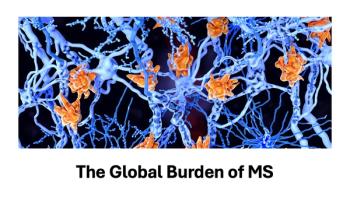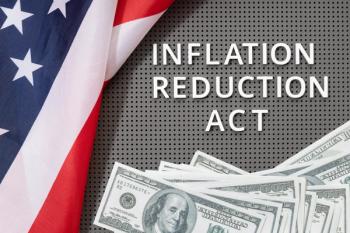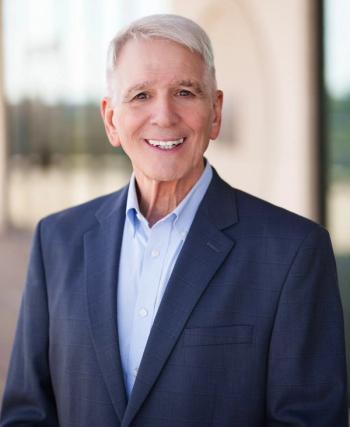
Possible Source of Oxford-AstraZeneca Vaccine Blood Clots Identified, EMA says Ox-AZ Worth Any Possible Risk, Hints That Long Haulers Feel Better After Vaccination and Other COVID-19 Vaccine News This Week
Autoimmune response to Oxford-AstraZeneca vaccine
The
79,367,225 and counting
According to data posted by the
European drug regulators green light Oxford-AstraZeneca vaccine, but…
The principal safety committee of the European equivalent of the FDA issued a statement on Thursday (March 18) that the benefit of the Oxford-AstraZeneca vaccine outweighed the risks.
The press statement from
On the one hand, it says, “ The vaccine is not associated with an increase in the overall risk of blood clots (thromboembolic events) in those who receive it.” On other hand. it goes on to say that “the vaccine may be associated with very rare cases of blood clots associated with thrombocytopenia, i.e. low levels of blood platelets (elements in the blood that help it to clot) with or without bleeding, including rare cases of clots in the vessels draining blood from the brain (CVST).”
It continues: “These are rare cases — around 20 million people in the UK and EEA (European Economic Area) had received the vaccine as of March 16 and EMA had reviewed only seven cases of blood clots in multiple blood vessels (disseminated intravascular coagulation, DIC) and 18 cases of CVST. A causal link with the vaccine is not proven but is possible and deserves further analysis.”
The press release says before the pandemic, one reported case reported case of DIC might have been expected by March 16 among people under 50 within 14 days of receiving the vaccine. Five have been reported.
Similar calculations show that 1.35 cases of CVST might have been expected among the under-50 age group. Twelve had occurred by March 16.
But there is this: “A similar imbalance was not visible in the older population given the vaccine,” says the press release.
News reports say after the Thursday announcement, the French, Italian and German moved to resume using the vaccine.
Biden administration planning to send Oxford-AstraZeneca vaccine to Mexico and Canada
White House press secretary
When asked what the loan meant, Psaki said U.S. would receive Oxford-AstraZeneca vaccine doses or doses of other vaccines in return from the two countries. NPR quoted Jeff Zients, the White House coronavirus response coordinator as saying the loans will be repaid through dose deliveries from AstraZeneca later in the year.
KFF, WaPo survey: Half of frontline healthcare workers have gotten vaccine
Healthcare workers were supposed to be among the first to get vaccinated, so it was a bit discouraging on Friday (March 19) to read that a Kaiser Family Foundation-Washington Post survey of 1,327 frontline healthcare workers found that just under half (48%) had not been vaccinated. For the purposes of this survey, frontline healthcare workers include those who come into direct contact with patients and their bodily fluids.
Also discouraging was the racial difference: Less than half of Black frontline health care workers (39%) and Hispanic frontline health care workers (44%) reported receiving a COVID-19 vaccine compared with compared six in ten (57%) white health care workers.
The cup half full, though, is that 52% had been vaccinated and 42% had received both doses.
Also, the fact that the survey was conducted Feb. 11 through March 11 makes a difference. Presumably the proportion of vaccinated healthcare workers has gone up.
Long haulers feeling better after getting the jab
The
Messonnier says don’t mess with the Moderna, Pfizer-BioTech vaccines
There has been some talk of tweaking the regimens of the two-dose Moderna and Pfizer-BioNTech. The Moderna vaccine is given 28 days apart, the Pfizer-BioNTech, 21 days. Could those intervals be lengthened? Might the doses be changed to increase the supply. In interview with
“We have to stick with what we know works,” she told Stat’s ace COVID-19 reporter, Helen Branswell. “This is the regimen that’s been carefully studied. We’ve promised the American public that we would follow the data and follow the science, and that’s what we’re doing.”
(The recording of the interview is behind a paywall but the article about the interview is not.)
Newsletter
Get the latest industry news, event updates, and more from Managed healthcare Executive.






















































